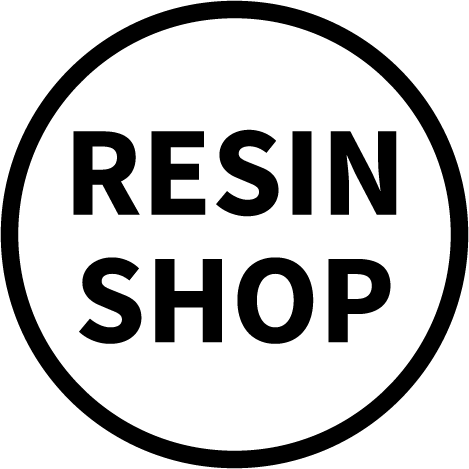Is It Necessary to Seal Before Using Epoxy Resin?
Sealing porous surfaces before applying epoxy resin is highly recommended. This step helps create a smooth, even base, prevents air bubbles, and ensures strong adhesion.
🛡️ Why Should You Seal Before Using Epoxy?
- Prevents air bubbles from escaping into the resin
- Reduces uneven absorption of resin into porous surfaces
- Creates a smooth and consistent base
- Helps maintain the strength and durability of the cured epoxy
If not sealed properly, porous materials absorb resin unevenly, leading to a blotchy finish and weakened structure.
🪵 Sealing Wood Before Epoxy Application
- Issue: Raw wood can absorb epoxy unevenly, causing a rough finish.
- Solution:
✅ Use a wood sealer
✅ Apply a thin coat of epoxy thinned with a compatible solvent
🧱 Sealing Concrete Before Epoxy Application
- Issue: Concrete is highly porous and can trap air bubbles or cause resin to soak in unevenly.
- Solution:
✅ Use a concrete sealer
✅ Apply a primer designed for epoxy compatibility
🖌️ Best Practices for Sealing Before Epoxy
✔ Choose a sealer compatible with your surface
✔ Apply even, thin layers to prevent pooling
✔ Allow the sealer to fully dry before adding epoxy
✔ Lightly sand and clean the sealed surface for best adhesion




